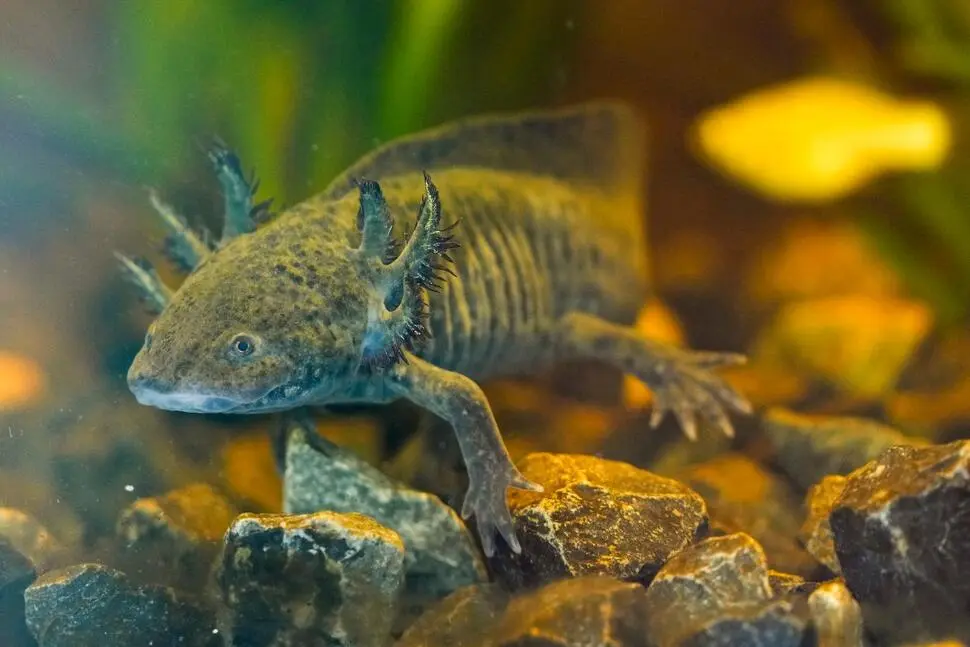Scientists from a university are filtering Mexico City’s waters for traces of the DNA of an endangered salamander, the axolotl
MEXICO CITY (AP) — Six decades ago, residents of a canal-laced district in Mexico City could scoop axolotls — the large salamanders with a dragon-like appearance — straight from the water with their bare hands. Today, spotting one in the wild is a rare event.
That’s why scientists from Mexico’s National Autonomous University are combing through the cloudy waters of Xochimilco, searching for traces of the endangered amphibian’s DNA.
“All living things leave behind bits of DNA wherever they go, and we can capture it by filtering air or water,” explained Luis Zambrano, a biologist with the university’s ecological restoration lab.
Traditional net surveys have turned up empty in recent years, so researchers are increasingly turning to environmental DNA, or eDNA, to track the axolotl — a species found only in Xochimilco. They collect canal water samples, filter them, and compare any genetic material to a reference database created years ago by British scientists, said Esther Quintero of Conservation International in Mexico, which has been collaborating with Zambrano since 2023.
In their latest effort, the team sampled water from 53 locations — 10 within protected refuges where water is cleaner, and 43 outside them. They detected axolotl DNA in the refuges and at one unprotected site.
“It’s a very small amount,” Zambrano noted of the lone unprotected find. “But it’s a sign that there’s still some resilience, even with pollution and environmental decline.”
So far, only about a third of Xochimilco has been surveyed using both eDNA and traditional netting, but the scientists plan to continue and release an updated population count early next year.
The outlook is grim: in 1998, there were an estimated 6,000 axolotls per square kilometer. By 2014, that number had plummeted to just 36.
Even so, Zambrano says their research proves conservation efforts work. Protecting axolotls also improves water quality, boosts pollinator numbers, and ensures Mexico City makes better use of Xochimilco’s water resources.
He believes policymakers should do more — such as banning new dance clubs, spas, and soccer fields on Xochimilco’s historic man-made islands, or chinampas. Instead, he says, the government should support traditional farming so it remains economically viable for local producers.
If the habitat recovers, he adds, the axolotl will bounce back on its own.
“They lay a huge number of eggs,” Zambrano said. “They can recover quickly — and we know exactly how to help them do it.”
